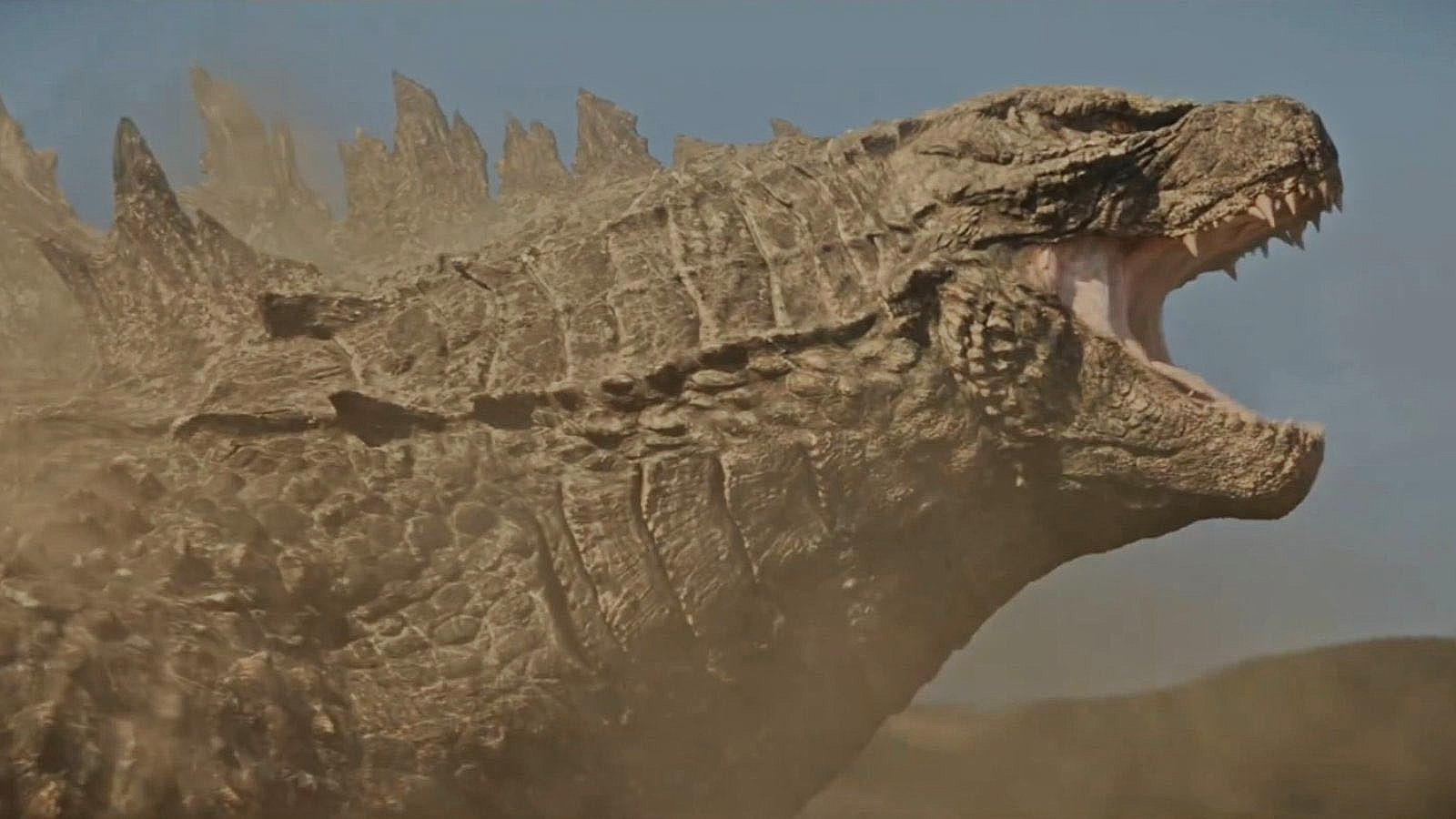
You’re bringing Godzilla scale to TV, which I was very compelled by, but you’ve also worked on the movies. You worked on “Godzilla: King of the Monsters.” So how does working on “Monarch” differ from working on something like “King of the Monsters,” even though you’re playing in the same universe?
I was fortunate enough to work as an artist on “Godzilla” 2014, and I helped supervise a sequence on “King of the Monsters.” For me personally, it’s very different because working at a company, working on the shots, is different than overseeing it all. But functionally, a lot of this stuff is the same. One of the little tricks that we did when we were working on “Godzilla” 2014, we would do this thing called the iPhone test, where we would shrink down the image while we were doing the rough versions of the shot initially. We’d be like, “Do you understand the composition? Do you understand what’s going on in the shot, while it’s shrunk down and it’s nighttime?” If you do, that means it’s a good successful composition. If you don’t, that means you’ve got some more work to do before you can go and finish it off. You’re bringing things down to the small screen and so the iPhone test is something I still do. Am I able to understand what creatively is happening with these giant monsters, and these night scenes or in these day scenes? Making sure that those silhouettes are really strong, and compositions are really strong.
But then it’s always different, too. We’re servicing over eight hours of TV with a really healthy budget, but that budget does need to stretch more than you would for a two-and-a-half hour movie. So how you build those action sequences up is really critical. You need to make every shot count, every story point needs to be really clear, and it needs to be as iconic as possible. Also, because we’re telling this human drama, it needs to be grounded in that human point of view. Gareth Edwards figured out a lot of that in “Godzilla” 2014, but we really, really needed to stick to it in the show.
Apple’s not going to be shy with the wallet if they’re backing something like this, but you’re still stretching that budget out over time. That being the case, was there a particular monster that was a little harder to accomplish when bringing it down to TV scale?
There were a lot of challenges that we encountered developing things, and it’s a really organic process where sometimes you’ll look at something that you’ve concepted, and you think it’s really great, and then you put it into the post-vis that you do. You do pre-vis where you really roughly animate the creature and you’re like, “Okay, that looks okay. It’s rough, but we think we’ll get there.” Then you shoot the thing and you take that animation, you put it in the background and you’re like, “It doesn’t work.” The characters are reacting to something and the reaction is so big and serious and authentic, but the thing that they’re looking at doesn’t feel authentic.
That’s the same with the features, but the difference is the timelines that we’re working with mean that you have to really quickly pivot and be very brutally honest with yourself about the creative. There’s not a lot of time to fix things if it’s not working. So that’s definitely a difference there. Just in terms of technical approach, I think it’s really similar. I feel like it is really fundamentally the same kind of approach.
